Virus removal or inactivation technology in biologics
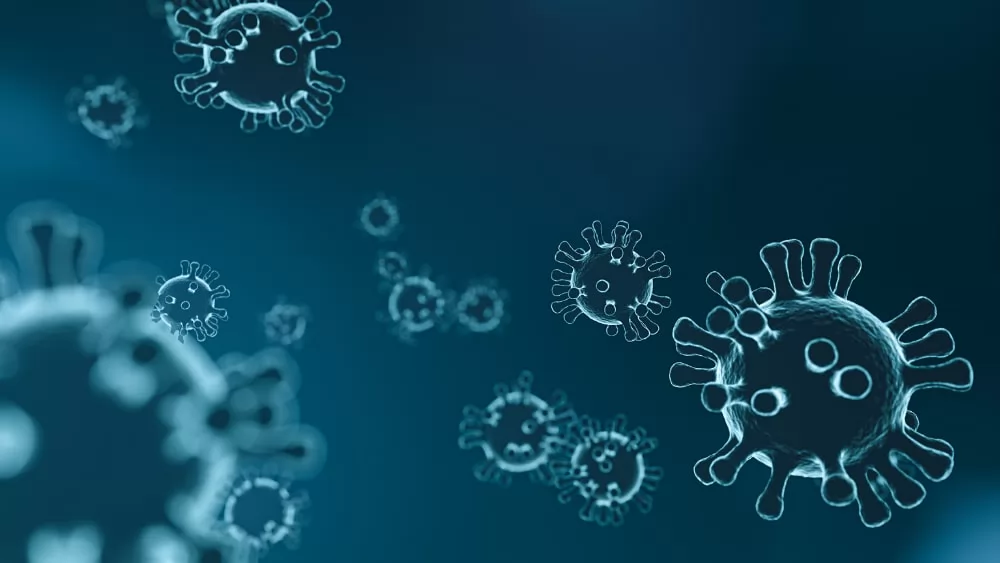
Article directory
-
Virus removal or inactivation
-
Validity assessment
-
Virus Removal / Inactivation technology
-
Low pH inactivation
-
Membrane filtration
-
Chromatography technology
-
Conclusion
Virus removal or inactivation
Biologics are sourced from tissue, body fluid and animal cell culture product. Due to the risk of pathogen transmission, it is essential to remove or inactivate viruses to ensure the safety of biologics. Different biologics require specific process strategy.
Validity assessment
Virus Removal / Inactivation validation refer to the use of indicator viruses to evaluate the ability of production processes to remove or inactivate viruses under scaled-down process models. The final assessment is based on the calculation of the log reduction value (LRV) of the virus titers.
In validation study, process steps that achieve a 4 LRV or more are considered to have significant viral inactivation/removal effects; those with a LRV of 1-4 are considered to be effective; and those with a LRV of less than 1 are considered to be insignificant. Overall, the viral inactivation/removal effect of the process must include at least two significant steps (removal/inactivation > 4LRV) using different principles, among which at least one process step should have an effective inactivation/removal effect (removal/inactivation LRV 1-4) for non-enveloped viruses.
Virus Removal / Inactivation technology
Virus inactivation technology consists of physical inactivation and chemical inactivation according to inactivation principle involved. Chromatography technology and membrane filtration belong to virus removal technology. Different virus removal / inactivation technologies have their own merits and demerits, therefore are applicable in different fields. Specifically, low pH inactivation, membrane filtration and chromatographic column are usually chosen in downstream process to ensure the safety of biologics.
Low pH inactivation
Low pH inactivation works by the following method: under low pH condition, electric charges of virus antigens changes, which impacts proliferation of virus due to protein denaturation. Meanwhile, irreversible changes happen to protein structure, which contributes to virus’s loss of binding capacity with cell receptor, leading to loss of infectiousness. Low pH inactivation requires good tolerance towards low pH of target protein, therefore is usually applied in the inactivation of mAb virus where 2 ~ 24 h processing with pH3 ~ 3.7 is often chosen.
Membrane filtration
Membrane filtration technology usually chooses membrane whose pore size is smaller than that of virus. After considering vital factors including protein solution concentration, filtration rate, pressure and filtration volume, membrane can effectively block viruses. Removal indictor can usually reach to 4 LRV or above when using membrane technology, which is often combined with other methods in application.
Chromatography technology
Chromatography technology achieves the removal of viruses from target sample via binding capacity disparity with resins among components.
Affinity chromatography possesses specific capture capacity of protein, therefore virus and impurities in fermentation broth can flow through. Process-related factors including binding capacity, retention time, buffer system and fermentation broth components are all going to impact the virus removal effect.
Considering the possibility of viral molecules being captured via interaction with target proteins, additive reagents can be added to washing buffer to break the binding between the two. For Protein A resin, removal indicator can reach 2.5 LRV.
Ion exchange chromatography achieves removal of virus via electric charge disparity between target protein and virus surface. Protein isoelectric point (PI) is usually higher than indicator virus. Anion exchange (AEX) chromatography (flow-through mode) enjoys stable virus removal ability for both enveloped and non-enveloped viruses. Due to the static electricity of virus-AEX interaction, relatively low salinity can get better removal efficiency.
Generally speaking, it is recommended to use pH7.0-8.5, buffer with conductance <14 mS/cm, binding capacity<100 mg/mL. Cation exchange (CEX) chromatography (binding-elution mode) can effectively remove X-MuLV, Pseudorabies virus (PRV) and Reovirus type 3 virus (Reo-3). However, due to the surface structure, CEX resin performs poorly in the removal of MVM. Buffer pH plays a vital role in the removal of virus.
Besides, factors such as retention time and binding capacity should also be taken into consideration.
Hydrophobic interaction chromatography removes virus in binding mode, where virus removing capacity enhances as the increase of resin hydrophobicity. When using the same resin, high conductance and low pH can effectively enhance binding between virus and resin, therefore obtain the separation of virus from target protein.
However, yield and target protein purity shall be considered in application. In addition, low biding capacity and flow can help to improve the removal of virus.
Mixed-mode chromatography resins enjoy wider operational range in terms of pH and conductance, which means resins still possess stable virus removal effect when loading sample at relatively high conductance.
Conclusion
The control and prevention of virus contamination runs through the entire life cycle of biologics. In practice, the adoption of virus removal scheme shall be made after a comprehensive evaluation on potential virus characteristics, biologics property, production process, virus removal function mechanism and capability.



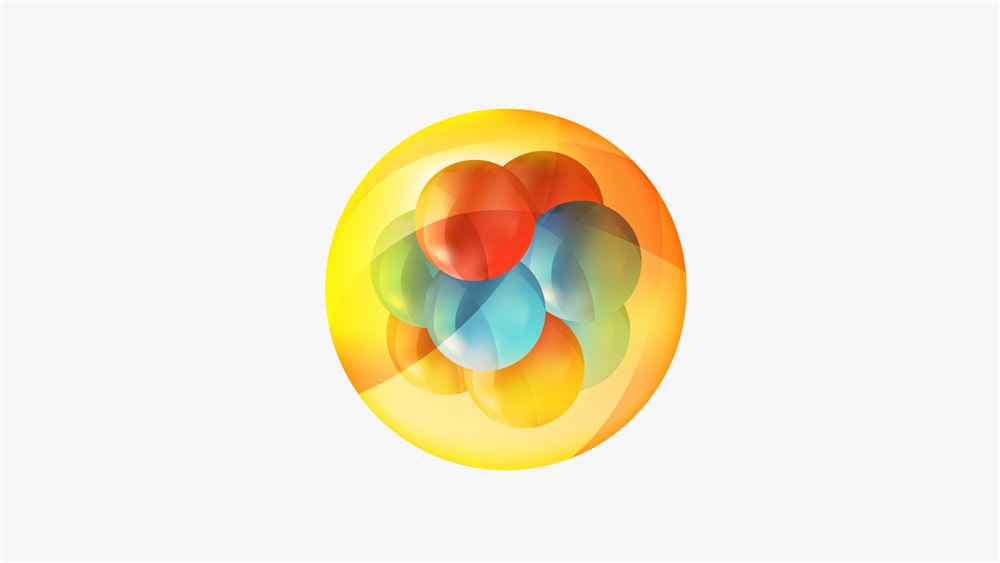
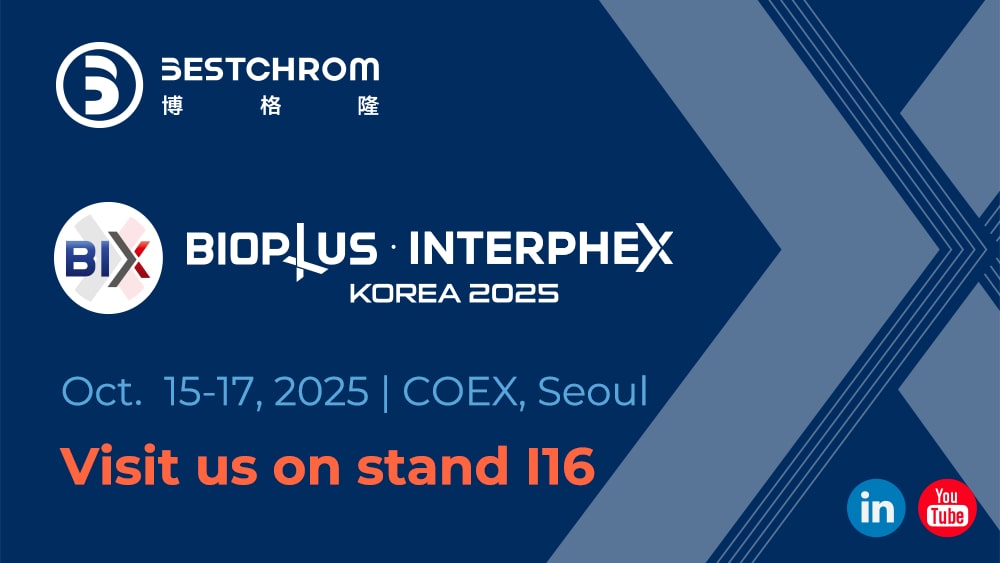

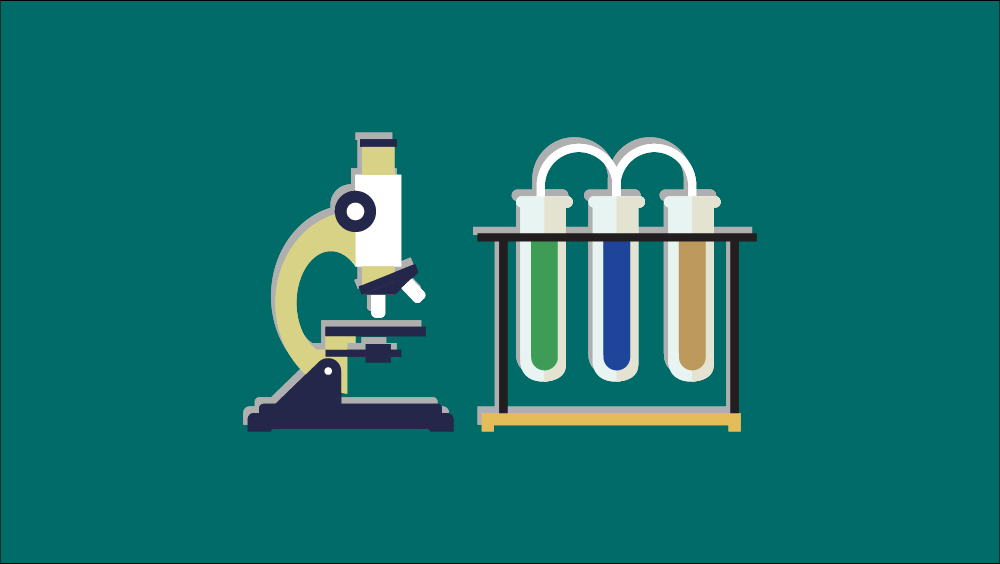

.png)


